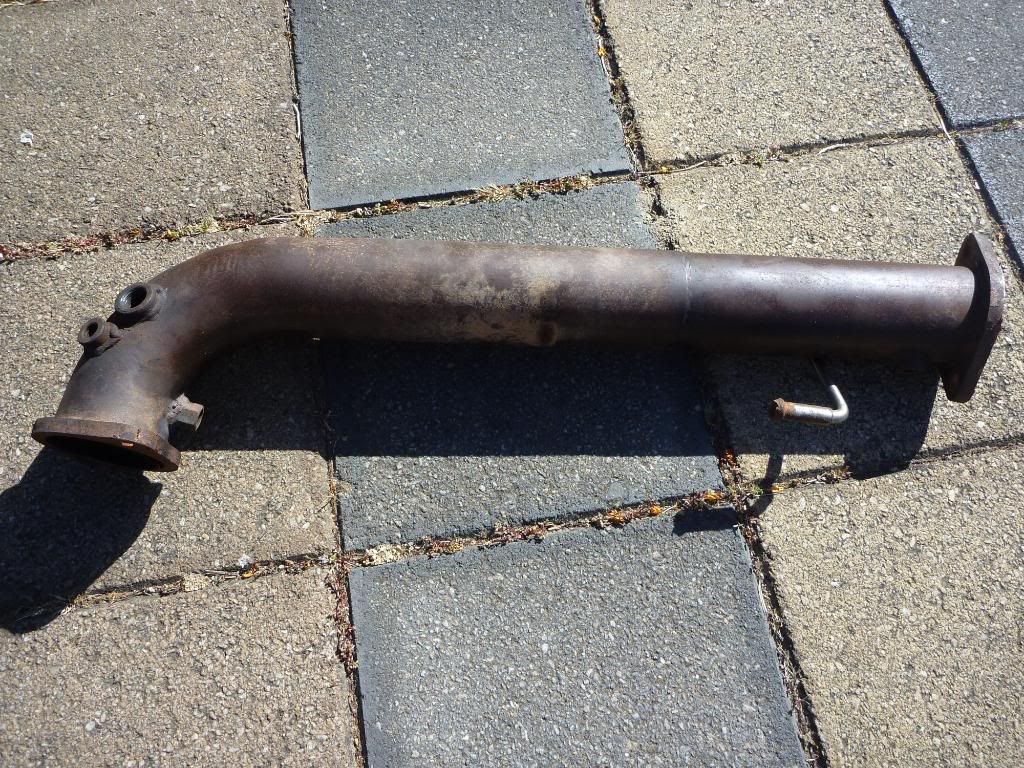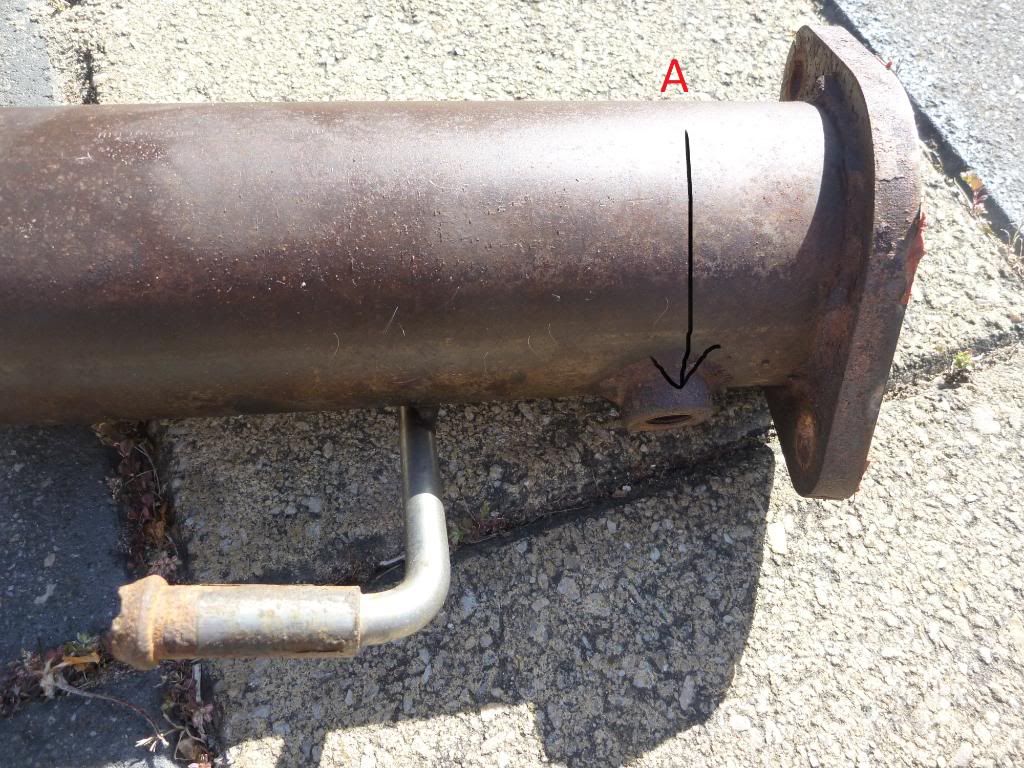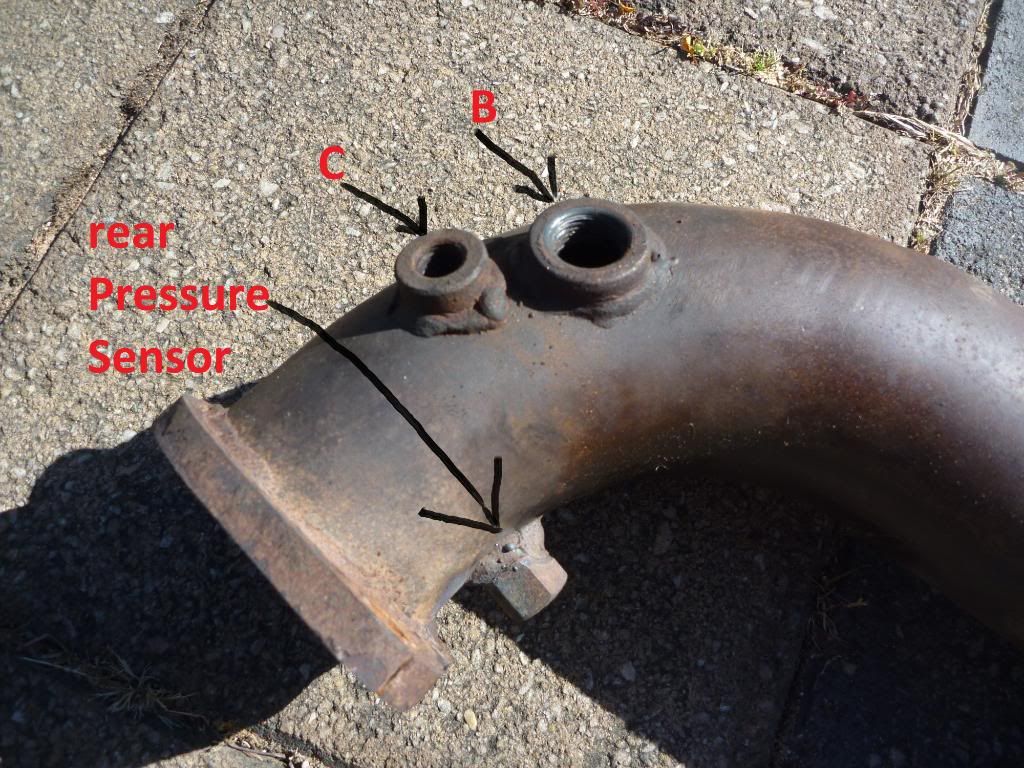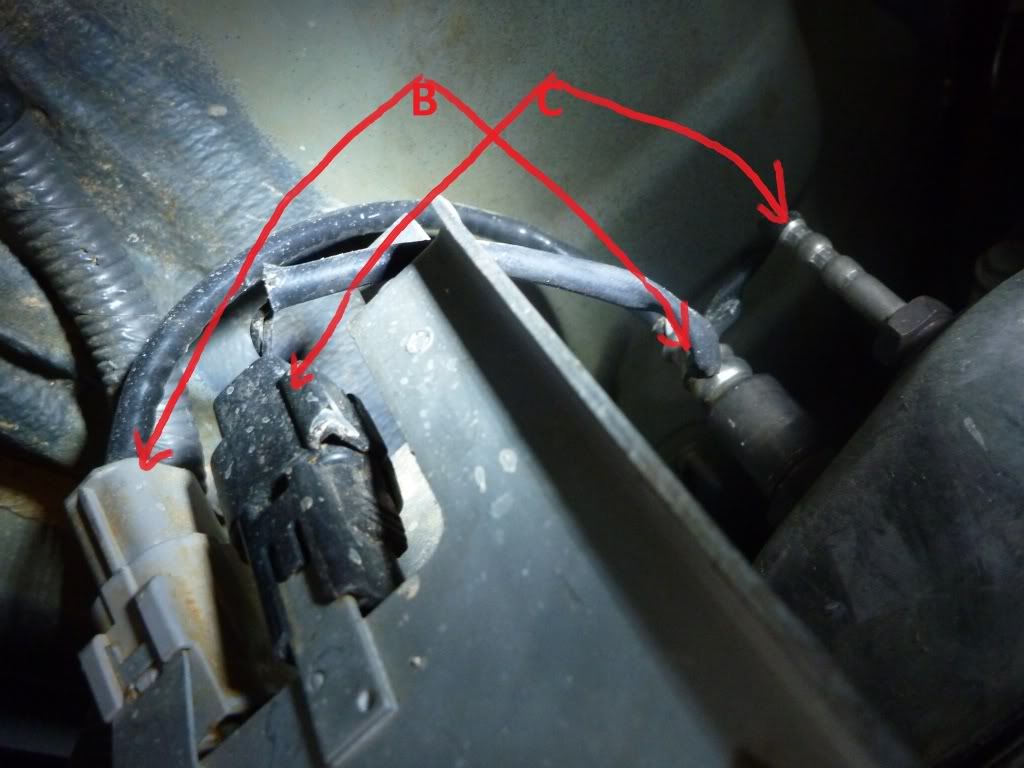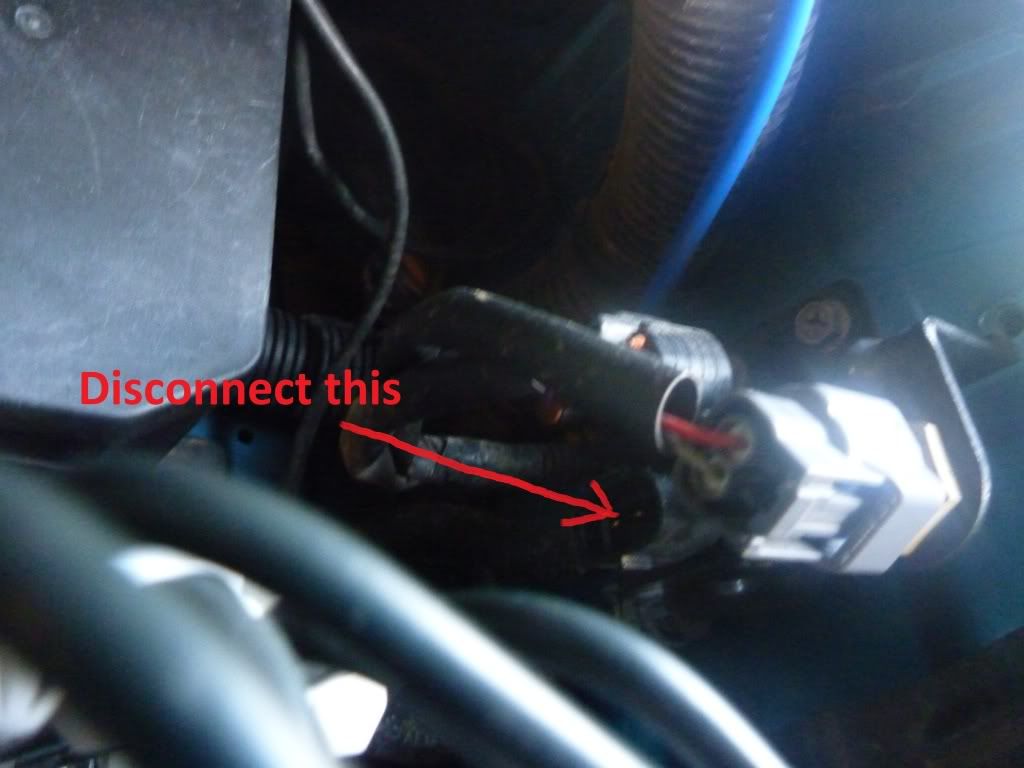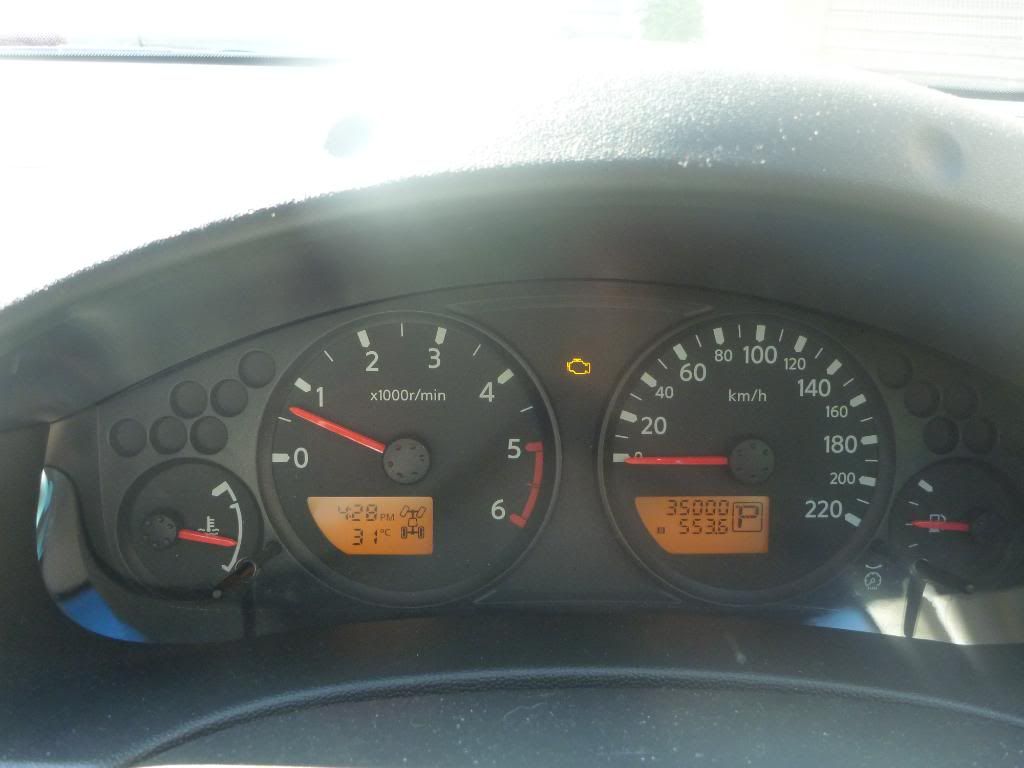Could you put a ECU from a 2007 auto without DPF into a 2008-2010 auto with DPF if the DPF had been deleted? recon it would work?
The ECU controls more than just the engine, but the actual management of the other functions may be controlled by other modules like the Body Control Module, Transmission Control Module etc.
No guarantee that the things will actually connect and if they do, the pinouts could have changed as well. We don't know how many little changes Nissan have made - and all you'd need to do is connect a plug that had one line as a 12V source where the ECU was expecting a 0.4-0.8V return value to kill the thing fast.
There may be a means of fooling the system though. Keep your eyes open for news about it.

















